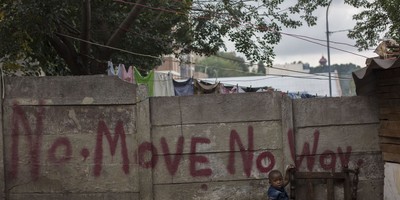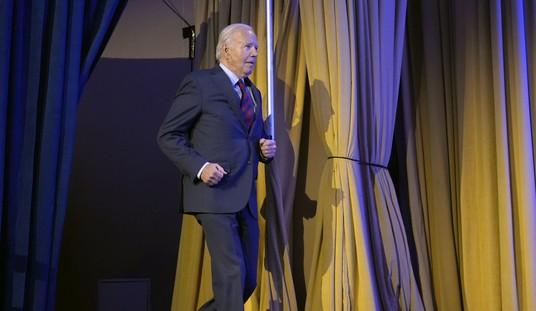“Too big to fail” was the verdict in the U.S. Treasury decision to backstop mortgage lenders Fannie Mae and Freddie Mac. But is the taxpayer risk of moral hazard still as big as ever?
Investors trashed shares of these government-sponsored enterprises last week, knocking them down almost 50 percent on a wave of bankruptcy rumors. Former St. Louis Fed president Bill Poole argued that technically, the two are already in bankruptcy, while fears spread they couldn’t even raise overnight money to finance their operations.
So Treasury secretary Paulson stepped in. His full-throated-support plan raises Fannie and Freddie’s line of credit from $2.25 billion to $300 billion, and leaves the door open for the Treasury to buy stock in the banks. The Federal Reserve, meanwhile, would make its discount lending window available to the pair if necessary.
For decades, Fannie and Freddie sold pools of mortgage-backed securities in the bond market and raised cash for their own accounts under the previously untested assumption that someday the implicit guarantee of the full faith and credit of the U.S. government would become explicit. That explicit promise has now become the new reality.
Fannie and Freddie paper is owned by institutions and investors worldwide. And yes, if there had been a run on these banks, the global financial system would have titled precariously toward calamity. So the bailout was wise, at least in the short run.
Recommended
But what happens in the longer run?
Mr. Paulson’s dramatic Sunday-evening announcement raises as many questions as it answers. Most important, will a new regulatory plan expected to be passed swiftly by Congress allow the two housing-finance giants to continue on their merry way? Or will there be serious changes in their conduct?
Here’s the issue: The main mission of Fannie and Freddie is to provide liquidity into the mortgage markets by purchasing loans made by local lenders and repackaging them into bond-market security pools that are sold to investors with the U.S. government’s stamp of approval. You might call this the good-cop function.
But then there’s the bad-cop function: Fannie and Freddie purchased some of these mortgage pools for their own portfolios, essentially setting up a high-risk internal hedge fund. It was the sinking credit quality of this hedge fund that drove last week’s shareholder run. Think sub-prime mortgages and other shaky and exotic loans.
As per first-quarter 2008 financial reports, Fannie Mae had $727 billion in its portfolio of sub-prime alt-A and other paper, while Freddie Mac had $712 billion. That’s $1.4 trillion of assets that under the new regulatory rules could place U.S. taxpayers on the hook. But the Treasury’s new dictum only puts the U.S. squarely behind the $3.7 trillion in mortgage-backed securities that Fannie and Freddie packaged and sold to third-party investors. The bailout doesn’t say anything about the portfolio holdings that have stock markets so skeptical.
According to expert Peter Wallison of the American Enterprise Institute, the new congressional regulatory approach permits the new Federal Housing Finance Agency supervisor to gain control of these risky portfolios, gradually downsize them, and ultimately sell them off. But Wallison fears that if the new regulator fails to go down this road, Fannie and Freddie may “gamble for resurrection” -- meaning they will use their government backing to raise more cash to buy even more risky portfolio holdings and try to bail themselves out.
Wallison says the government should just take control of Fannie and Freddie, making them tightly controlled government agencies with the aim of reducing taxpayer risk, not expanding it. Maybe down the road the two housing banks could be completely privatized, but that no longer looks to be part of the conversation.
There’s another key point to this bailout. The proposal to open the Federal Reserve discount window to Fannie and Freddie may essentially put the Fed in charge of yet another part of our financial system. The central bank is already becoming the lender of last resort and regulator of Wall Street investment banks. The New York Sun’s Seth Lipsky calls this a power-grab. But Fannie and Freddie jurisdiction would have the Fed grabbing even more power.
Here’s the key question: If the Fed is supervising and lending to Wall Street and the two housing-finance behemoths, when will it have the time or inclination to defend the value of the U.S. dollar and stop the incipient inflation that has been taxing consumers and dragging down the economy? Remember, low unemployment is also a Fed mission. So what are the central bank’s priorities? If it is the ultimate “financial stabilizer,” what should we expect about the future value of our money?
The saga of Fannie and Freddie already shows the moral hazard created when Uncle Sam rewards institutional miscues. But if the Fed is bailing out all these financial areas, the ultimate moral hazard could be a U.S. dollar that nobody wants to own.

























Join the conversation as a VIP Member